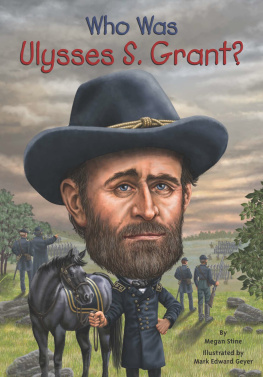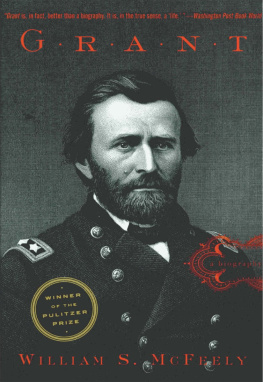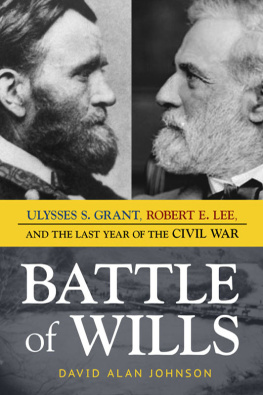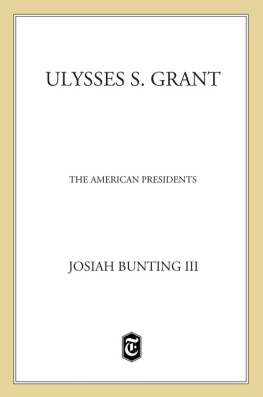


Copyright 2014 by William C. Davis
All rights reserved. No part of this publication may be reproduced, stored in a retrieval system, or transmitted, in any form or by any means, electronic, mechanical, photocopying, recording, or otherwise, without the prior written permission of the publisher. Printed in the United States of America. For information, address Da Capo Press, 44 Farnsworth Street, Third Floor, Boston, MA 02210.
Editorial production by Marrathon Production Services. www.marrathon.net
Book design by Jane Raese
Set in 12-point Dante
Cataloging-in-Publication Data for this book is available from the Library of Congress.
ISBN 978-0-306-82246-9 (e-book)
Published by Da Capo Press
A Member of the Perseus Books Group
www.dacapopress.com
Da Capo Press books are available at special discounts for bulk purchases in the U.S. by corporations, institutions, and other organizations. For more information, please contact the Special Markets Department at the Perseus Books Group, 2300 Chestnut Street, Suite 200, Philadelphia, PA 19103, or call (800) 810-4145, ext. 5000, or e-mail .
2 4 6 8 10 9 7 5 3 1
FOR BIRD, WHO GAVE ME THE IDEA
CONTENTS
A FEW WORDS about the approach to writing this book are in order. Those who actually consult the footnotes of the following bibliography will quickly note the heavy preponderance of primary sources used. Indeed, very sparing use has been made of secondary works, and most of those cited are for purposes of correcting errors found in them, or as recommended further readings. The secondary literature on Grant and Lee is vast and of dramatically varying quality. Of special note, Douglas Southall Freemans monumental R. E. Lee is still imposing after three-quarters of a century, though Freemans want of objectivity and occasional carelessness with sources somewhat dims its authority. Elizabeth Pryors 2007 Reading the Man: A Portrait of Robert E. Lee Through His Private Letters is exhaustively researched and in the main an outstanding exploration of the inner Lee, often through writings not previously available, though she sometimes makes unwarranted leaps of interpretation from her sources. No counterpart to Freeman exists for Grant. Brooks D. Simpsons 2000 Ulysses S. Grant: Triumph Over Adversity, 18221865 and his earlier Let Us Have Peace: Ulysses S. Grant and the Politics of War and Reconstruction, 18611868 are together thorough, well researched, and generally balanced. Joan Waughs recent U. S. Grant: American Hero, American Myth is an outstanding companion taking Grant from 1865 through posterity. Of course, William S. McFeely won a Pulitzer Prize for his Grant, A Biography in 1981, though it suffers from rather too much presentism.
These works, and the myriad others available, have been used sparingly or not at all, but not out of disdain. This is not a conventional biography. It is, rather, an exploration of the origins and development of Grants and Lees personalities and characters, their ethical and moral compasses, and their thinking processes and approaches to decision makingin short, the things that made them the kind of commanders they became. With that in mind, the safest course seemed to be to stay within the sources of their own time, written at the moment by those who knew the men and witnessed their acts, and as much as possible to use the directly contemporary writings of the men themselves. Hence, even Grants incomparable Personal Memoirs plays little role here, for it was written twenty years after the fact, and inevitably influenced by fallible memory and the natural instinct for self-vindication. Lee left no memoirs, but even his few recorded postwar conversations about his campaigns see small use, for they, too, suffer from self-justification. Some may question this approach, for surely some later secondary writers and modern historians may have useful, even penetrating, insights into what made Grant and Lee great leaders. That is so, but the goal in Crucible of Command is for its conclusions to come as directly from the actions of the principals as possible, uninfluenced by the later interpretations of others. That may not make the insights here any better than others, but at least they have the virtue of coming directly from the men themselves and their immediate circles of friends and family.
Having said that this is not a conventional biography, it is worth emphasizing that there is much that is new here from sources ignored or newly discovered, especially on the all-important youth of both men. There are also numerous cases of attention given to correcting errors in some secondary works, especially Freeman and occasionally Pryor, on matters germane to the portraits here limned. This is done out of respect and solely to set the record straight, since in the future, as in the past, readers and students will rely most heavily on these classic and timeless works, making correction where needed all the more important.
Be bold, be bold, and everywhere be bold.
Edmund Spenser, The Faerie Queene
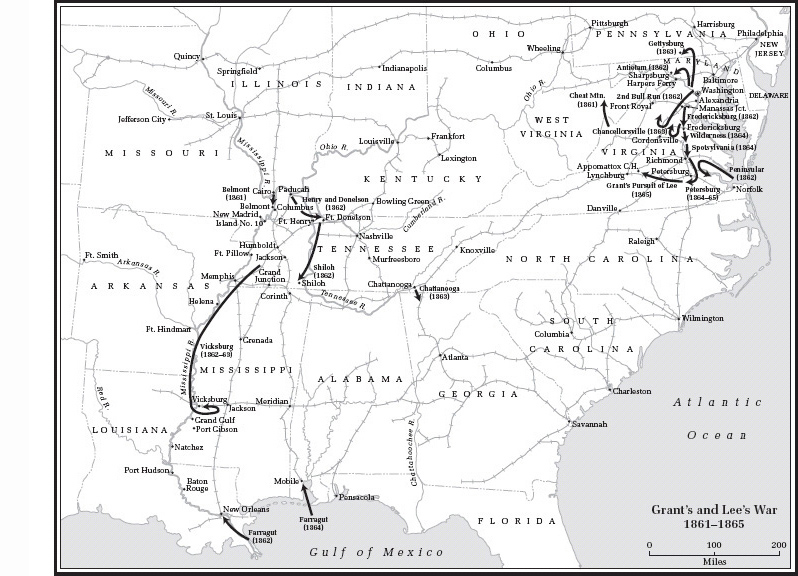
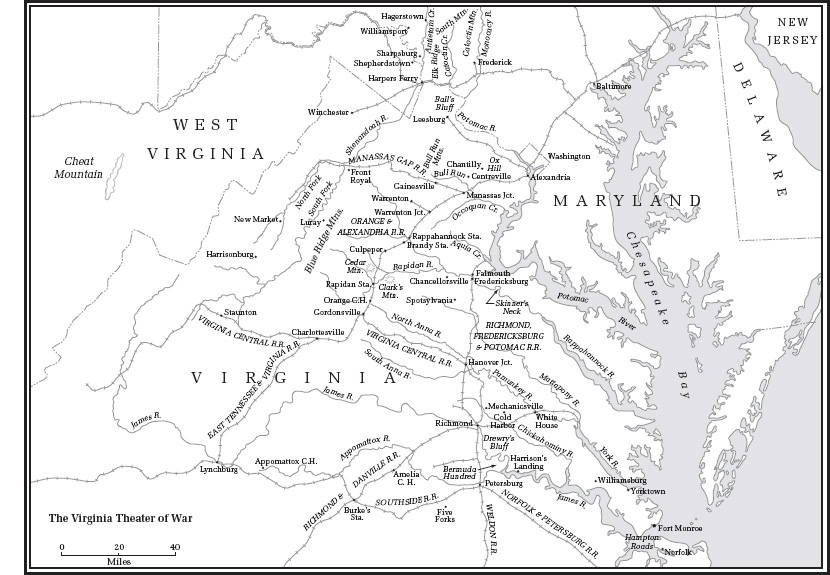
I N THE SPRING of 1869 an enterprising merchant in Liverpool, England, tried luring customers into his showroom by mounting an exhibition of wax figures of distinguished Americans. A number beneath each bust referred visitors to a leaflet identifying the subjects. The likenesses were poor, but the leaflet even worse as it mismatched names with numbers. A head of recent Confederate president Jefferson Davis appeared on the sheet as Abraham Lincoln. More perplexing still, the guide reversed the descriptions for numbers 339 and 340, Generals Robert E. Lee and Ulysses S. Grant, misidentifying each as his archrival in the recent American Civil War. When visitors from the United States protested, the exhibitor refused to acknowledge error. He knew Grant from Lee, even if these silly Americans did not.

They first met as fellow soldiers in Mexico in 1847 in a moment both remembered and then forgotten by the time they met again in vastly different circumstances. No one then would have confused their identities or thought them remotely similar. Lee aptly stood for those fine old landed families now fallen on difficult timesthe plantations gone or losing profitability, the wealth spent, their only influence now based on their names and the worth of their characters. The fortunes and small empires of the eighteenth century were dissolving in a new America. No wonder, then, that the longer Lee lived the more pessimistic became his view of a world in which he and his like were being displaced by a generation striving to replace the old order with a meritocracy of entrepreneurism, hard work, and imagination. Grant was one of those new Americans, and optimism was the fuel that drove him and his like.
Had there been no Civil War, Lee might have left a mark as a colonel of cavalry, or even a brigadier if he lived long enough. Grant likely would have made none at all, though both appeared, and would have continued to appear, in histories of the war with Mexico. The events of their generation created them and, call it coincidence or destiny, each proved to be the ideal man in the right place, and at the perfect moment. Then came
Next page

